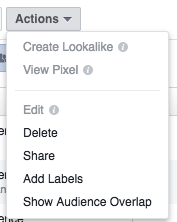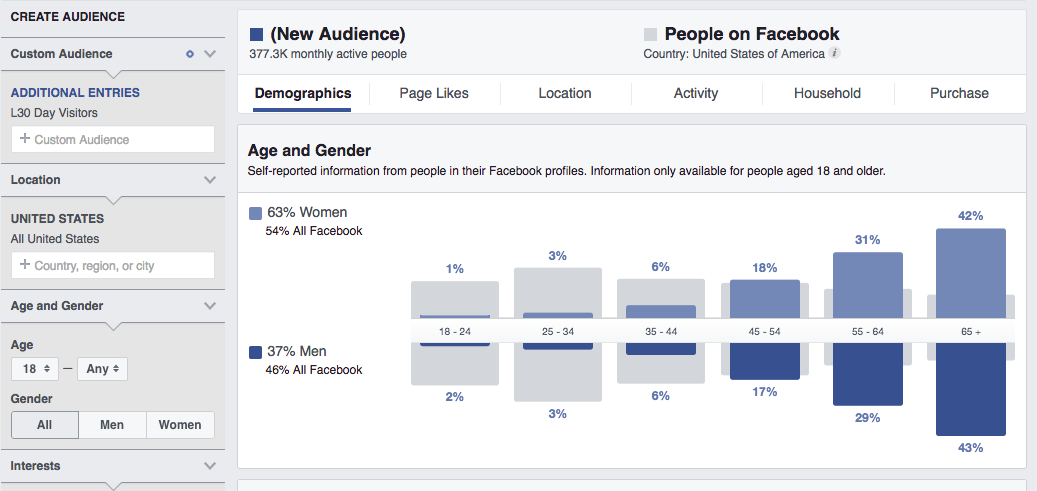3 Tips To Better Understand Your Facebook Audiences

Facebook advertising is all about audiences and how we choose to target them. Gaining insights into those audiences is a core concern among advertisers. From understanding site visitors to fans of your page to lookalike audiences, getting a grasp on who those people are can help you optimize and develop your ad strategies.
Facebook provides some useful tools that allow you examine your custom audiences. These tools can then be used to assess the quality and usefulness of these audiences or troubleshoot any issues that might arise.
In this article, we’ll be examining three broad tools that you can use to examine your own audiences.
Those tools are:
1. Audience Dashboard
2. Overlap Tool
3. Audience Insights
What are these tools and how do we use them?
Checking Audience Health
One of the first things you’ll likely want to know about any of your audiences is just how large or small they are.
It’s a pretty basic metric, but knowing whether your audience is 10,000 or 100,000 can help you make decisions around bidding and budgeting. It can also help you optimize how you segment your audiences if, for example, you discover your last 30-day audience is too small and you need to go to a larger window of time.
You may also want to check when the audience was last updated or whether it’s currently active or experiencing any issues. In Facebook, you can do this by going into the audience section where you’ll be presented with a dashboard listing your audiences.

This mile-high view lets you easily scan for any issues or information you might need for future decisions.
Besides audience size, be sure to pay attention to that availability column as it will show a red icon when an issue is present. This could range from an audience being too small or pixel issues where the audience isn’t being updated. It’s best practice to check in on this dashboard every so often to catch any issues that might be present.
Assessing Overlap
Another potential issue that can crop up with audiences is that of overlap or having the same people in multiple audiences. As we try to segment and tailor our messaging with custom audiences, it can be easy to forget that we might be duplicating our efforts and the same people could be receiving multiple messages from us.
In this instance, we’re wasting budget targeting the same people twice and potentially aggravating those who see our ads. This is not an outcome that we want, but it can be hard to know for sure whether two audiences have a high overlap. That is until you analyze your audience using Facebook’s overlap tool which can be found under the Actions drop down menu in the same audience dashboard from above.

This tool allows you to select up to three audiences and see how many people are in both, letting you know how different or the same the audiences are. The amount of overlap is illustrated as a percentage and a Venn diagram.

You can then figure out whether your audiences have a high overlap and if they do, decide which audience better suits your needs.
Who Is In Those Audiences Anyway?
Finally, we have the audience insights tool.
While the tools mentioned above give you broad metrics into audience size and overlap, the audience insights tool lets you peek into those audiences and see what constitutes them.

The tools allow you to pick any of your audiences, including fans of your page, and see what broad characteristics define that audience. You can look at demographic factors like age and gender, education level, relationship status, and job title. You can also look at the top 10 pages liked by people in that audience or average amount of times people liked, commented, or shared posts.
Just be aware that some of the data is 1st party data (Facebook) and some is 3rd party data being matched to Facebook users. The 3rd party data can be less accurate if it hasn’t matched to enough users. Facebook provides you the percentage of 3rd party data matched in the interface, so be sure to look out for it.
Conclusion
As audiences are the core of Facebook targeting, it’s very important to stay on top of the audiences you’ve created. Understanding audience size, overlap, and who is in your audiences can all help you to better utilize them for your ad strategies.



